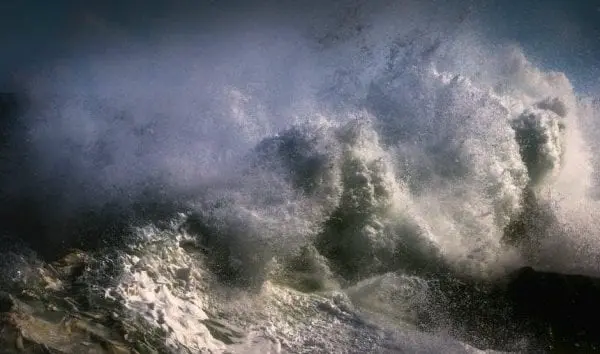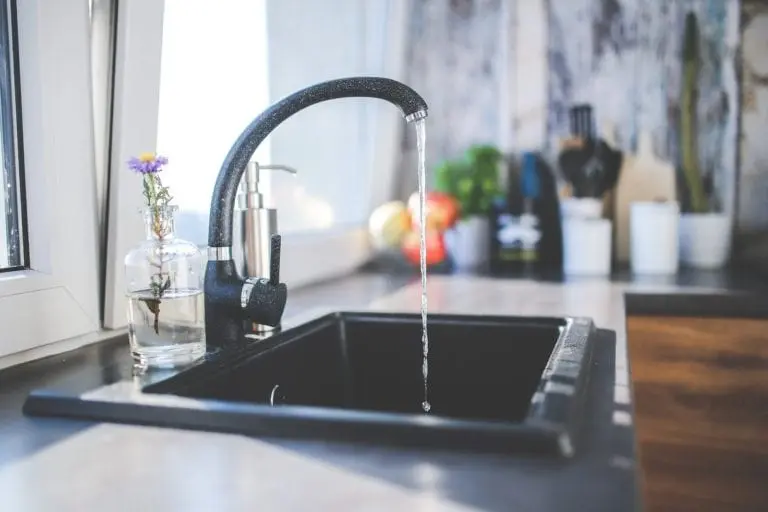Forces of Nature: Protecting Your Family from Natural Disasters
The middle of a flood, hurricane or fire is the worst time to consider how to prepare for the forces of nature. Here’s how to be ready.

In 2017, there were 46 catastrophes in the United States, which resulted in 5.2 million insurance claims and 101.9 billion dollars of damage. Natural disasters alone cost America over 50 billion dollars in 2018 alone.
Catastrophes and natural disasters go hand in hand, with natural disasters killing approximately 90,000 people worldwide every year. Read on to learn how to protect your home and family from the forces of nature that lead to natural disasters.
What Forces of Nature Are Natural Disasters?
The World Health Organization (WHO) defines a natural disaster as one that occurs by forces of nature that include storms, hurricanes, flooding, tsunamis, volcano eruptions, and even a heat wave or drought. They cause billions of dollars of damage in the United States annually.
All of these costs can be avoided by your family with flood or natural disaster insurance.
The Federal Emergency Management Agency (FEMA) offers the best practices for natural disasters page that can provide some tips to help your family get ready for the forces of nature. The last thing you want is to become a victim of one without being prepared or informed in advance.
The forces of nature that impact Americans the most are hailstorms, tornadoes, hurricanes, flooding, and wildfires. Each of these disasters could compromise your safety or your property.
Protect yourself and your family before that happens.
Have a Safety Plan
Most natural disasters come with warnings, but many do not. You may have only moments to prepare for a tornado plan or even a hailstorm.
Other major events such as hurricanes, droughts, and sometimes even wildfires may come with advance warning. But even so, many Americans think they have plenty of time to prepare.
It’s never too early to have a safety plan in advance of these forces of nature. Have a safety plan for every kind of natural disaster that is likely to happen in your area.
Some areas of America are more susceptible to wildfires than others for example. And oceanfront or coastline areas are more prone to hurricane season than other locales in the nation.
Know what your area is susceptible to, and have a safety plan for your family and property in advance.
Keep your safety plans with the items you will use in the event of a natural disaster. Pack suitcases if you need to, or keep pantry supplies for disasters in a secure location with copies of your disaster plans and other items such as medication, money, and insurance paperwork.
Be sure that you even have a safety plan for your pets.
Evacuation Plan
Be informed when a natural disaster is expected in your area. Hurricanes often are known about a week or two in advance.
Know what your evacuation plan is before a disaster occurs. Know what you will do, where you will go, and how you will get you and your family there.
Make it a plan to listen to and adhere to all advisories from local officials, and don’t take risks you don’t need to. You will be advised of an evacuation and also will be advised when it is not safe to leave your home.
You also want to have a plan for what happens when you get home, or when the disaster is averted or avoided. Learn how to pick up the pieces after a natural disaster in advance.
Hail Protection Tips
Hailstorms are disasters that account for as many as 40 percent of insurance claims in America annually. There are thousands of hail storms every year.
When you know of one coming, be sure that your vehicles are parked in garages or in covered locales. You also want to stay away from windows and doors during a hailstorm.
Pull blinds close in case your windows break, and there is shattered glass in the house.
Tornado and Hurricane Protection
There are hundreds of tornadoes and hurricanes in America every year, and they create millions in damage and claim hundreds of lives annually.
Before a tornado arrives, be sure that your appliances and large objects of around the same size are secured in your home with metal straps. You can also add weight to the door of your garage for the same purpose.
In the house, make sure all heavy things that can fall or be thrown are on or near the floor. Have all windows and doors closed and secure.
Wildfire Protection
Wildfires are a problem that creates environmental losses and physical losses to entire blocks of the area. There are hundreds in America every year.
If you are in an area susceptible to wildfires, make sure that your home has fire detectors and is up to code with fire resistance building materials. Additionally, you need to keep track of service intervals to make sure they work properly. You can do that by using reliable fire alarm inspection software.
You want to avoid using tools or machinery that can cause sparks when a wildfire threat is in play. Be sure your home is equipped with sprinklers as well.
In advance, you also want to be sure that all of your shrubs and gardens are pruned and weeded so they will not become further fire hazards. In an area where wildfires are common, you also want to be sure that you don’t keep fuel containers on your property.
Make sure that your evacuation and safety plans are checked monthly. You can perform routine fire alarm checks monthly as well.
Prepare Your Family
There has been a significant increase in natural disasters in the last 10 years. In 2008, 36 natural disasters impacted America, resulting in $27 billion dollars worth of damages.
By 2017, that number rose from 46 natural disasters to a total of 101.9 billion dollars of damage across the country. These forces of nature could turn your entire life upside down, and it may well take years to recover if you recover at all. Find out more on how to keep you and your family safe with this natural disaster emergency evacuation guide that will take you and your family step by step toward safety.









